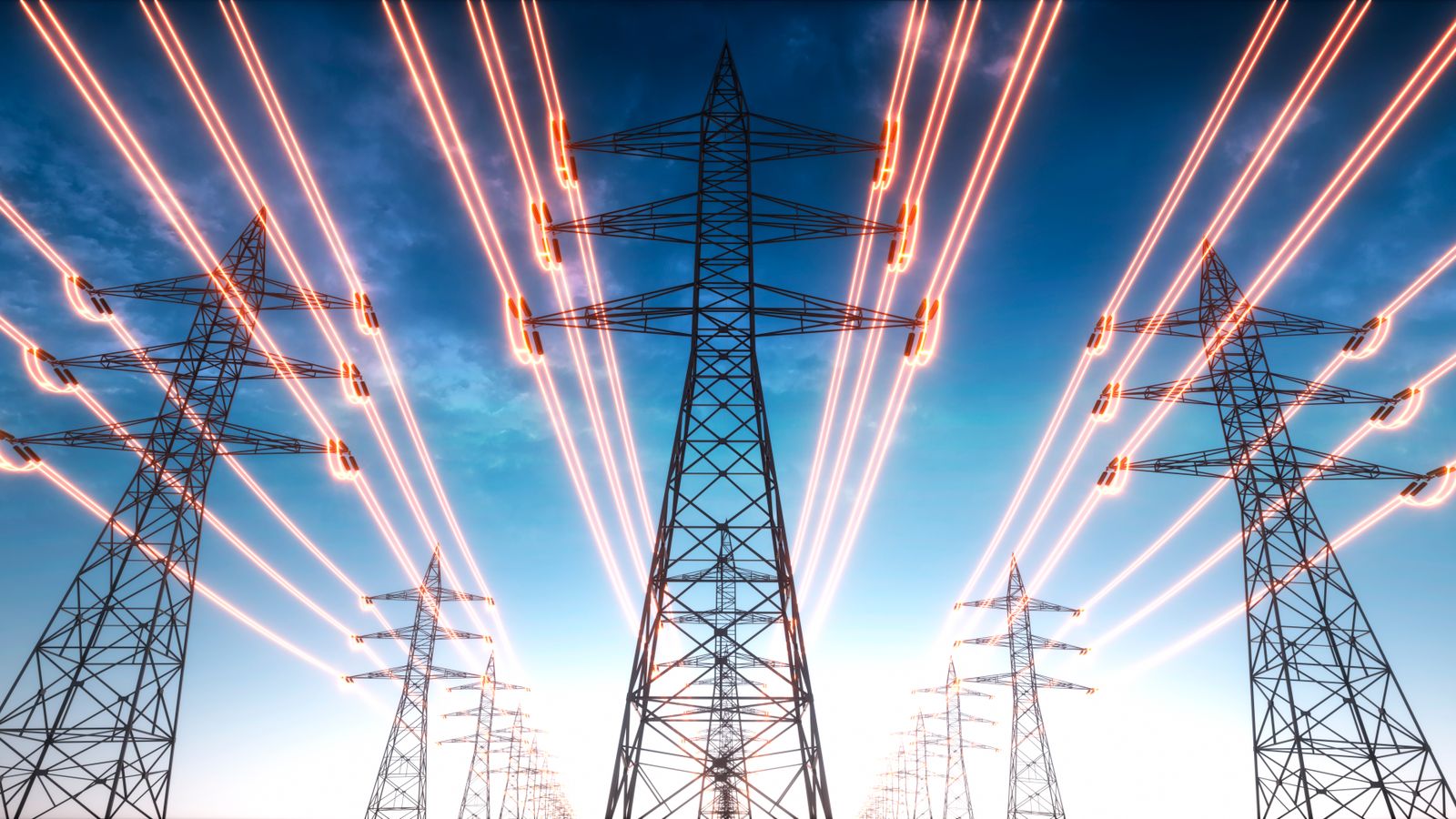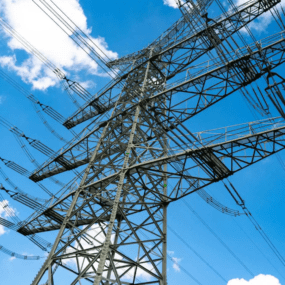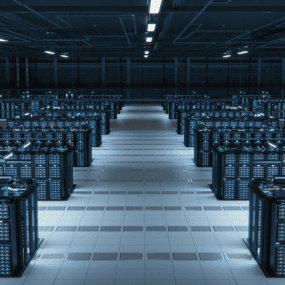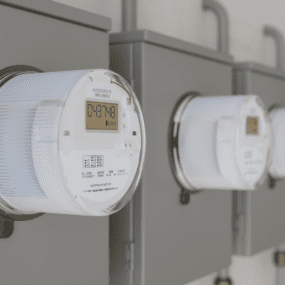The Digital Transformation of Utility Ratemaking


Sign up for our newsletter
Stay in the loop with all things GridX and beyond.
The complexity of the electric grid is quickly increasing. By 2027, Ninety-three percent of US households are projected to have smart meters and electric vehicles will represent 23% of new passenger vehicles. Electric utilities are acting now to keep up with the impact of increased electrification and complex rates are playing a critical role. The need to deploy complex rates and emerging customer programs faster, personalize and measure the impact of those efforts, accelerate adoption, and streamline complex billing is now. When rates and their end-to-end processes are digitized and done right, we can accelerate our clean energy future in a scalable and reliable manner.
By digitizing a rate or tariff, it allows its DNA to be componentized, shareable and reusable. The different departments within a utility that touch a rate – namely rate design, customer and billing teams– all have different systems and processes. Digitization breaks down these silos to allow users from different departments of the organization to share the same tariff model or rate in the same format, which improves efficiency, reduces potential errors, and creates a single source of rates truth.
Within the rates lifecycle, the same data within the utility’s Customer Information System (CIS) should be used to design rates, analyze them against the whole customer population then ultimately implement and bill customers on those rates. Removing bottlenecked processes and antiquated tools will help utilities keep up with the pace of technological shifts and increase adoption of distributed energy resources (DERs).
Operationalizing digital rates
Rate design reimagined with a single source of truth
As the grid becomes more complex and additional clean energy technologies are adopted, tariff design and digital rate processes need to be repeatable and flexible in a way that enables utilities to make changes or construct new rates, as well as quickly operationalize those rates. In addition, rates and business models have become more complex, and this is likely to increase as some utilities pursue highly personalized options.
With an Enterprise Rate Engine, rates are digitized so they can be shared across the many phases of the utility rate lifecycle. For example, utilities can conduct a full-population or customer segment analysis to measure the impact of new rates and programs, preventing negative bill impacts and improve customer satisfaction. Utilities can also prepare for, expedite rate cases, and execute marketing programs that get more customers to shift their load during times of peak demand (among other benefits).
Harness the power of big data for full population analysis
A rate or program rollout that is rooted in fragmented data can create missed segments of the population and unfairly and unknowingly charge that population (ex: the Tax on God effect). The way analysis is done today – if done at all - largely depends on manual processes, which take an immense amount of time. It can also be incredibly expensive with upgrades to the CIS usually required. For instance, it cost one large Investor-Owned Utility $8M and over a year and a half to implement a single low-income rate via home-grown spreadsheets and methodologies.
When a digitized rate is aligned in a rate engine, you can quickly analyze massive amounts of customer usage and cost data, allowing program strategists and product teams to evaluate and examine the impact of the new rates on an entire population.
This allows utilities to rapidly determine the financial effects of a proposed rate by running hypothetical scenarios in a sandbox like environment. Given the capability of big data analytics, testing on the entire population or segments of the population ensures customers are treated fairly before the process of commission approval.
Future-ready, validated rates
To align with grid needs and environmental goals, rates for customers with flexible loads and DERs must become more complex and dynamic. To keep up with the complexity of these rates, an Enterprise Rate Engine, capable of quickly operationalizing complex digitized rates, is required.
Digitizing rates solves multiple utility pain points in the implementation of dynamic pricing structures and emerging customer programs. By enabling the validation of digitized rates against the organization’s full billing history, utilities can ensure the expected financial outcome. Following this approach allows utilities to speed up the time-to-delivery and value recognition of the programs we need to decarbonize, all while ensuring an optimal customer experience.
Read the original publication here




